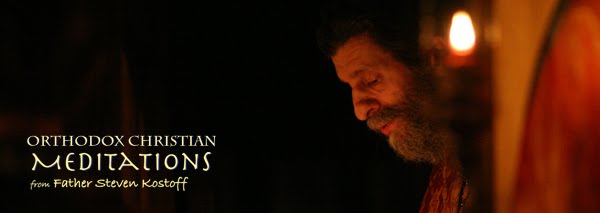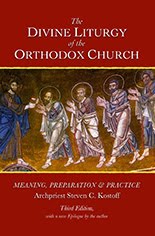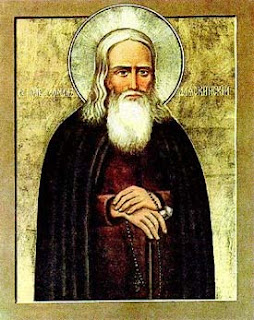Dear Parish Faithful,
CHRIST IS BORN!
C.S. Lewis, something of a 20th c. Christian apologist, wrote a very endearing series of books that serves as a Christian allegory avidly read by both children and adults to this day. That series is, of course, The Chronicles of Narnia; and perhaps the most popular book in the series is the first one, The Lion, the Witch, and the Wardrobe.
In this opening volume, we read of the enchanting kingdom of Narnia, populated by talking animals together with mythical fauns, wood sprites, but also some menacing creatures who personify evil in servitude to the wicked White Witch.
Narnia is introduced to the reader through the eyes of the four English children - Edmund, Peter, Lucy and Susan - who find themselves transported there, after having passed through the magical wardrobe found in their eccentric uncle's home in the countryside.
Yet Narnia, for all of its paradisaical charm, is languishing in the thrall of the White Witch, and thus engulfed with a sense of foreboding and gloom. And one of the creaturely denizens of Narnia - Mr. Tumnus - finds an utterly apt phrase that perfectly captures the dreariness and bleakness of this fallen Kingdom: "It is always winter but never Christmas." A chilling thought if there ever was one!
The starkness of that phrase is found in the unspoken implication that a world in which it is "never Christmas," is a world in which there is no Christ. If there is no Christ, then the "Light of Wisdom"[1] has not shone on us to free us from the captivity of ignorance. If there is no Christ then there is no "Sun of Righteousness" to bring light and warmth into the minds and hearts of its inhabitants. And if there is no Christ, then there is no "Orient from on high" that dawns upon a fallen world with the bright hope of redemption and reconciliation with God. A winter season unrelieved by the joy of Christmas, understood primarily as the celebration of Christ's birth, would clearly be bleak indeed. At least this would be true for Christian believers.
Perhaps - and precisely as Christian believers - we have lost a sense of such potential bleakness because of what we have contributed to turning Christmas into. Or, perhaps the certainty of our annual celebration of Christmas has resulted in a certain complacency, always a temptation when we can take something for granted. Christians who suffer from persecution might have a very different appreciation for the deeper meaning of Christmas.
"It is always winter and never Christmas." This phrase from C. S. Lewis has become synonymous with a world devoid of the child-like joy that always imparts a sense of an over-arching purpose to life; or a sense of hopefulness even when life seems to conspire against the very concept of hope.
The "Christmas spirit" may not last long in our fast-paced world, but if it does for only the "twinkling of an eye" then for those few moments we will be thankful to our Lord Jesus Christ who, though the "eternal God," became for our sake "a little Child." [2]
_______
[1] 'Light of Wisdom', 'Sun of Righteousness', and 'Orient from on high' are specific phrases from the Troparion for the Nativity of Christ.
[2] From the Kontakion for the Nativity of Christ.


















